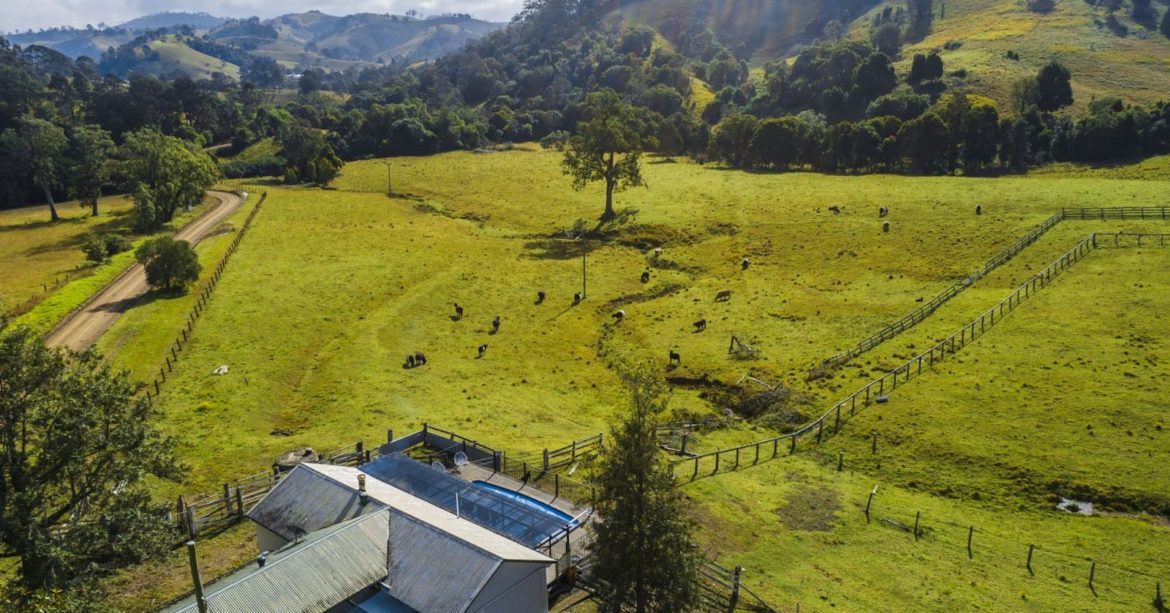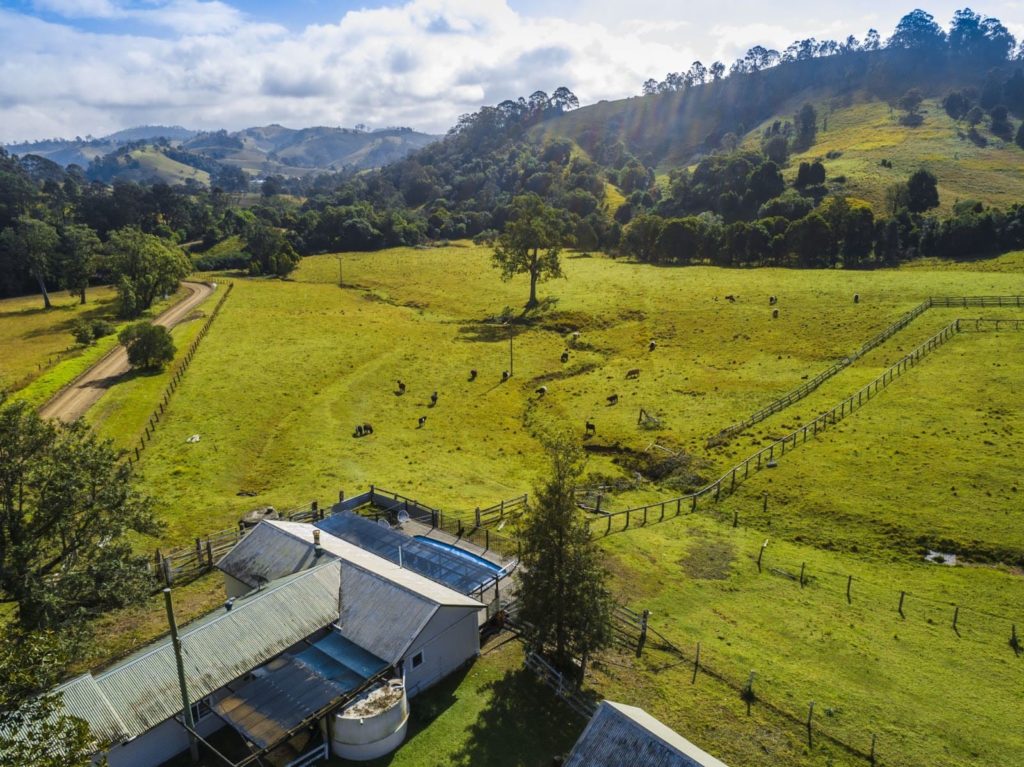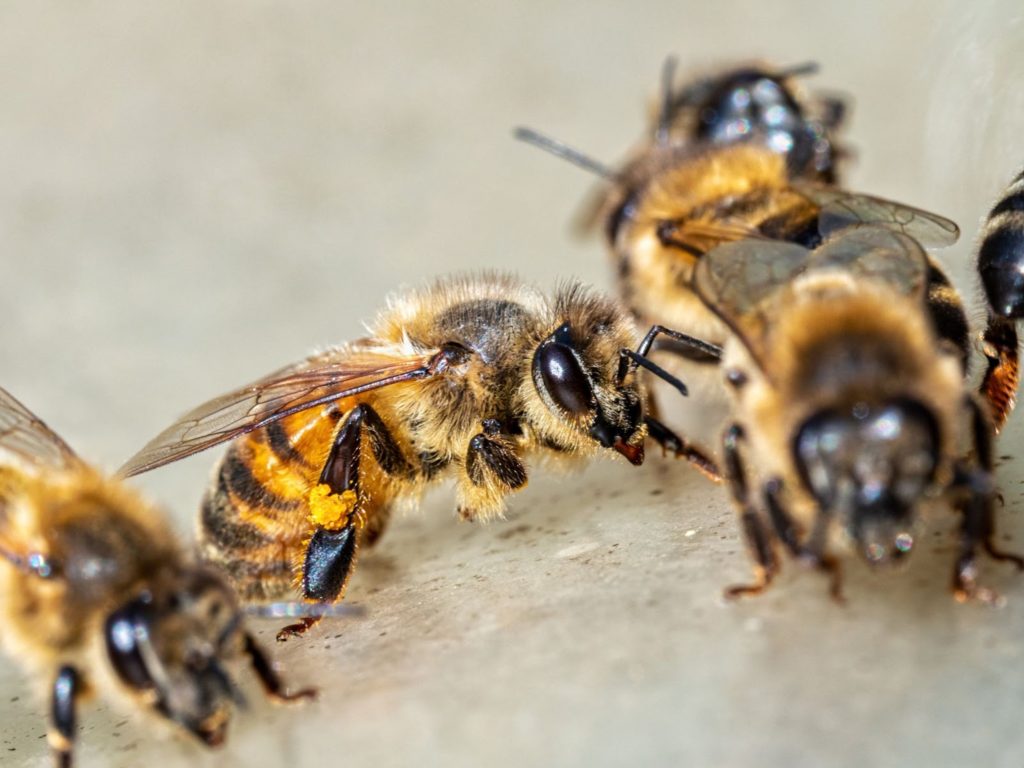10 Farm Facts on Australian Farmers
Despite having an arid climate, Australia is a major agricultural producer and exporter. Much of the country’s success has been due to its policies of long-term agricultural visions and reforms in the sector.
These policies have helped create an Australian farming industry that is diverse and fascinating. There is a multitude of fascinating information out there about the Australian farming sector. With that in mind, it’s interesting to take a look at 10 Australian farm facts.
Key points
- There are around 87,800 agricultural businesses in Australia many of which are family-owned.
- Each Australian farmer produces enough food annually to feed around 600 people at home and overseas.
- On average, around 325,000 people were employed in the Australian agriculture, fisheries, and forestry sector over the four quarters up to August 2021.
- Around 70% of agricultural, fisheries and forestry production is exported. Wheat and beef are the most export focussed sectors.
Need a Quote?
- There are around 87,800 agricultural businesses in Australia many of which are family-owned. These businesses range from small part-time operations to large-scale organisations such as Anna Creek, the largest cattle station in the country at 5,850,000 acres.
- Each Australian farmer produces enough food annually to feed around 600 people at home and overseas. Around 150 of these people are domestic with 450 being reached through exports. Further to this, approximately 93% of the food consumed in Australia is produced by Australian farmers.
- On average, around 325,000 people were employed in the Australian agriculture, fisheries, and forestry sector over the four quarters up to August 2021. The majority of these people were employed in horticulture, livestock, and cropping. This compares to a figure of 304,200 directly employed in the agriculture sector as of 2016/17.
- In 2020, agriculture contributed around 1.9% to the Australian economy. This figure was affected by the global pandemic and the normal contribution of agriculture to the economy is 2-3%. This compares to mining which is the largest contributor to the economy of the country at 10%.
- Around 70% of agricultural, fisheries, and forestry production is exported. Wheat and beef are the most export focussed sectors. Earnings from agricultural exports have increased significantly over the years. In 2010-11, the value of these exports was $32.5 billion.By 2016-17 the figure was $44.8 billion, and by 2019-20 it was $48.23 billion. Having been affected by the current global situation, the figure is expected to decrease to $44.8 billion for 2020-21.
- The Australian farm sector has backed a target of net zero emissions by 2050. In the case of some industries, such as red meat, the target is 2030. The National Farmer’s Federation has stated the importance of tougher climate change policies.This is hardly surprising given that farming is one of the industries most vulnerable to a changing climate. For example, intense drought, flooding, and temperature variance has placed extreme pressure on farmers in recent years.
- Farmers are actively involved with finding more efficient water usage solutions. Potential solutions include liming, deep ripping, and soil amelioration. This is a vital undertaking given the high usage of water in agriculture and the issues that a lack of rainfall has caused in recent years. For example, in 2019-20, a 20% decrease in water usage was driven by a lack of rainfall affecting the agricultural industry.
- Approximately 94% of Australian farmers actively undertake natural resource management practices. These practices are aimed at protecting and improving environmental assets such as soil, water, vegetation, and biodiversity.Farmers who undertake to manage resources naturally are at the forefront of delivering positive environmental outcomes for the country. This is a vital contribution at a time when protecting the environment is a major concern in Australia and around the world.
- 20,000 bees are needed per acre of land for fruit and other crops. Organisations like Bee Friendly Farming provide certification for farmers that make a positive impact in this area. The organisation also provides advice to farmers about bee-friendly activities such as planting food resources for pollinators and providing nesting habitats.
- The average size of farms in Australia has changed over the last 20 years. In the case of beef farms, the size has increased by 1,000 hectares to 13,317ha. However, sheep farms have decreased in size by around 40% to an average of 3,992ha.
For more information
Share This Post:
2 - 2Shares



